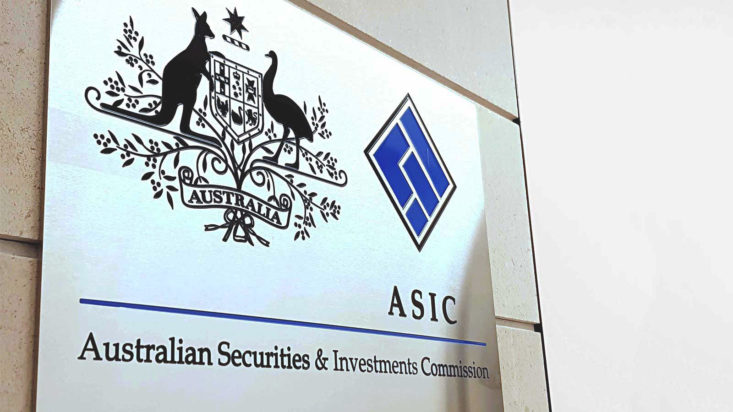Small-biz restructuring scheme shows success, but slow uptake
Most struggling companies that undergo Australia’s new small-business restructuring framework ultimately transition to a restructuring plan, according to an Australian Securities and Investments Commission review of the program’s first 18 months.
And while acknowledging companies’ slow initial uptake of the new restructuring process – there were just 82 restructuring practitioners appointed in the review period – the regulator said it saw “a noticeable increase in the number of these appointments in the 2022 financial year and again in the 2023 financial year” through September 30.
“Importantly, the new small-business restructuring was the first type of formal insolvency appointment which left the control of the insolvent company in the hands of the directors – not the appointed registered liquidator,” ASIC said in a statement outlining the report’s findings.
The Australian government introduced the changes to the insolvency framework in 2020, and they took effect January 1, 2021. The reforms include a new, simplified debt restructuring process for eligible small businesses and a new type of registered liquidator.
Of the 82 businesses that entered the restructuring program through June 30, 2022, 72 transitioned to a restructuring plan, the report said. The balance of appointments were either terminated because the company was ineligible or saw creditors reject the proposed plan or the directors end the restructuring appointment.
In addition, 66 per cent of companies that underwent a restructuring plan continued operating their business, and only one plan was terminated. Of accepted restructuring plans within the review period, 65 per cent have been effectuated; 24 plans were ongoing as of September 30, 2022.
The Australian Taxation Office was a creditor in 89 per cent of restructuring cases, and a major creditor of 79 per cent of those companies.
Under the new insolvency framework, insolvencies now occur in two phases, with the appointment of a registered liquidator as the restructuring practitioner followed by the reorganising entity entering into an approved restructuring plan. Directors of a company can appoint a restructuring practitioner if they believe the company is insolvent or likely to be insolvent.
To be eligible for the new small-business restructuring framework, a company must have total liabilities of less than $1 million and have not undergone restructuring within the previous seven years.
In a November submission to the Parliamentary Joint Committee on Corporations and Financial Services Inquiry into corporate insolvency in Australia, ASIC noted that “take-up of the small-business insolvency reforms was initially slow”.
Citing anecdotal evidence from stakeholder engagement activities, it said the slow uptake was due in part to the $1 million eligibility threshold being too low, as well as a requirement to comply with taxation law lodgement requirements that “prevent companies that might otherwise be candidates for restructuring… from accessing these processes”. ASIC also received stakeholder feedback that the processes are still too complex.
However, the report noted that restructuring practitioners were appointed for 83 companies in the September 2022 quarter – one more than in the entire 18-month review period, and bringing the total appointments under the new regime to 165.
New South Wales led Australian states for restructuring practitioner appointments, according to ASIC, with 44 per cent of appointments during the review period; Victoria followed with 34 per cent, and Queensland claimed 12 per cent. The main industry groups that used the new process were accommodation and food services, which made up 21 per cent of appointments in the review period; construction, at 20 per cent; and retail trade, at 16 per cent.










